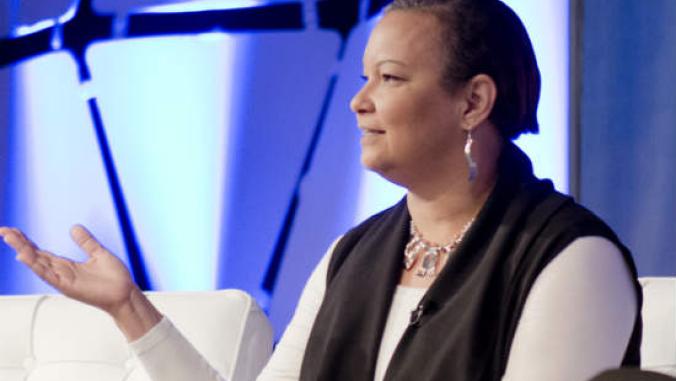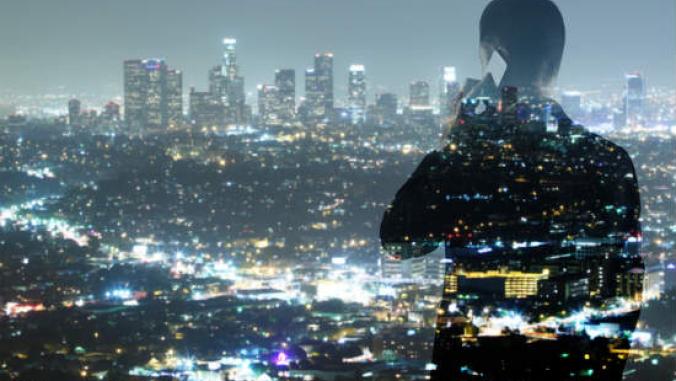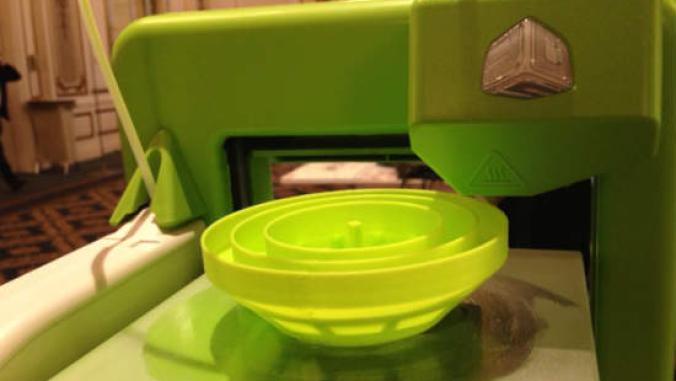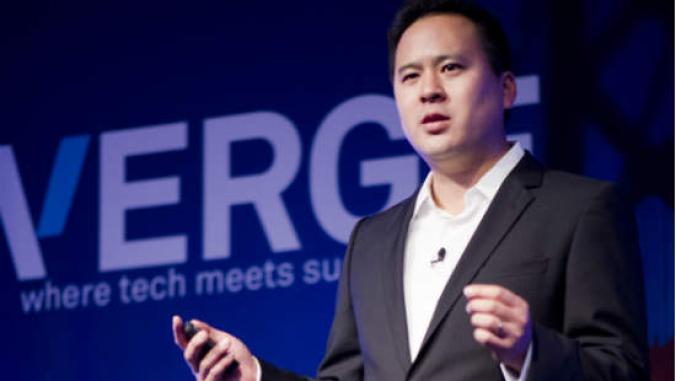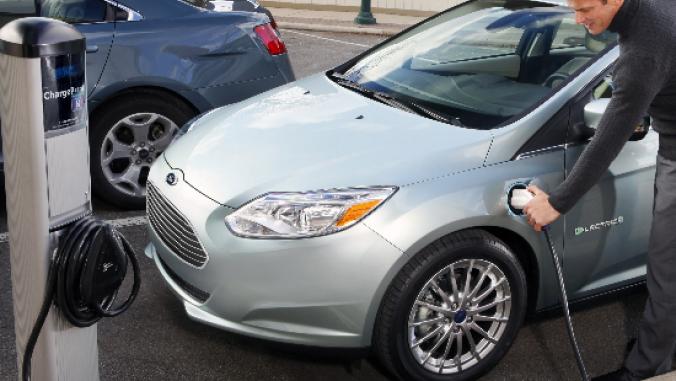Starbucks Recycles Old Cups Into New Ones
<p>Starbucks has completed a test showing its ubiquitous coffee cups can be recycled into new cups, and although only one facility can currently make that happen, Starbucks hopes this and other tests push more recyclers to accept trashed cups.</p>

Starbucks cups - CC license by Flickr user Plutor
Starbucks has completed a test showing its ubiquitous coffee cups can be recycled into new cups, and although only one facility can currently make that happen, Starbucks hopes this and other tests push more recyclers to accept trashed cups.
Starbucks (NASDAQ: SBUX) wants to provide only recyclable or reusable cups by 2015, and has run various recycling projects to see what its cups can be turned into. "For paper to be a valuable, marketable product, generally you have to find regionally-relevant solutions," said Jim Hanna, Starbucks' director of environmental impact.
The recent six-week project took about 8,000 pounds of cups collected in Ontario, where Starbucks already recycles cups and other materials, and sent them to Mississippi River Pulp, the company that provides the post-consumer content that's been in Starbucks' cups since 2006. All of the companies' cups, including the new ones made partially with old cups, have 10 percent recycled content.
Mississippi River Pulp is the only company that can provide pulp for products that will come into contact with food or drinks, because its the only one to have gotten the OK from the Food and Drug Administration. The FDA doesn't approve companies and their processes, per se, but it basically says it has no objections. Mississippi River sends the pulp to various paper product companies, including International Paper and others that make Starbucks' cups.
Starbucks has pumped plenty of time and effort into getting paper cups viewed as something worth recycling. It's hosted two cup summits to bring together all of the relevant paper and recycling players, and conducted other recycling tests around the country. It also sponsored a contest seeking ways to reduce the number of non-recyclable cups leaving its stores, which resulted in a number of submissions for how to encourage customers to choose reusable cups.
Only a small fraction of the 4 billion cups Starbucks produces a year end up somewhere other than a landfill. There's recycling in Toronto and Seattle, and composting in San Francisco. The cups go in the trash everywhere else.
Starbucks is wrapping up a test in New York City that collected cups with corrugated cardboard to be turned into pulp for use in paper towels, and next year it's planning to try turning cups from Chicago into napkins for its stores, as well as expand its cup-to-cup recycling process to a major U.S. city.
The various Starbucks programs and other tests have shown that recyclers can separate the plastic lining from coffee cups and that food contamination can be filtered out, two of the biggest concerns from recyclers.
"Now it's just a matter of showing the recycling industry that with existing technology they can invest in, they can sort cups out," Hanna said. Optical scanners that filter out milk and juice paper cartons, for example, can also sort out coated cups, he said.
Getting more recyclers to take coated cups would not only mean a better end-of-life solution for Starbucks cups, but for the 58 billion other paper cups used every year throughout the U.S. in restaurants, homes and elsewhere.
"With any commodity that is not currently readily accepted by the recycling industry, we believe our job is to prove there is significant value in this product," Hanna said.
Starbucks cups - CC license by Flickr user Plutor

